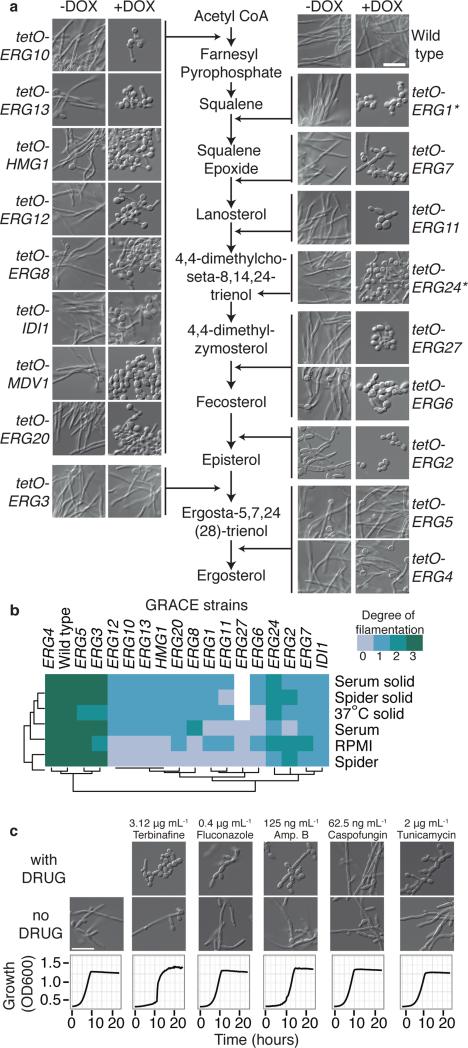Fig. 2. Ergosterol biosynthesis is important for filamentation.
(A) Transcriptional repression of most ergosterol biosynthesis genes with 0.05 μg mL−1 DOX blocks filamentation induced by serum. An asterisk (*) indicates strains where 1 μg mL−1 DOX was used to repress target gene transcription. For all images, scale bar is 20 μm.Ergosterol biosynthetic pathway adapted from S. cerevisiae20. (B) Clustering analysis of GRACE strains for ergosterol biosynthesis genes and phenotypes observed in distinct filament-inducing conditions with 0.05 μg mL−1 DOX. White boxes indicate a lack of growth in that condition. Clustering was performed using the Heatmap function in R. (C) Treatment with sub-lethal concentrations of specific antifungal drugs reversibly blocks filamentation induced by serum. Top panels: morphology in the presence of drug. Middle panels: morphology after removal of drug. Bottom panels: growth kinetics analysis demonstrates that the drugs do not significantly inhibit growth at the concentrations used.

